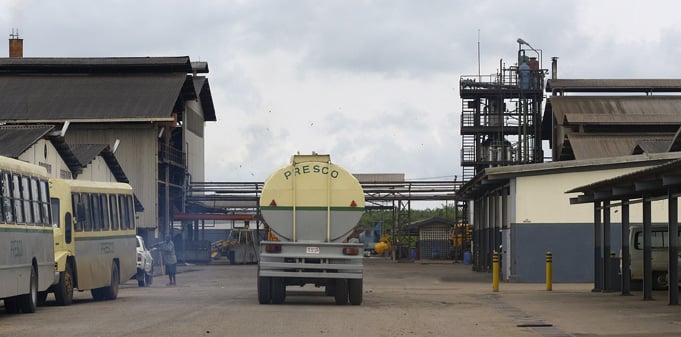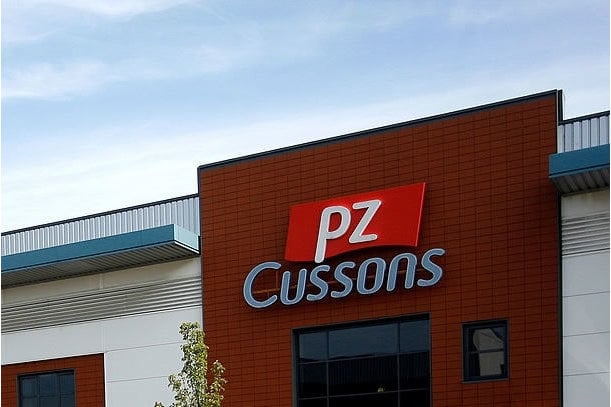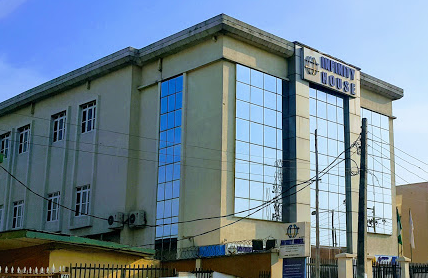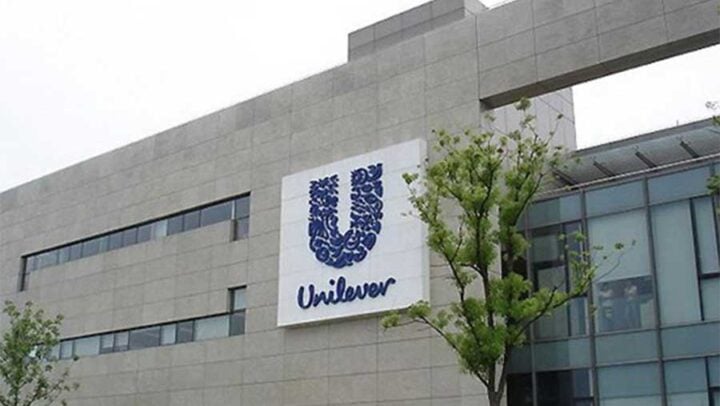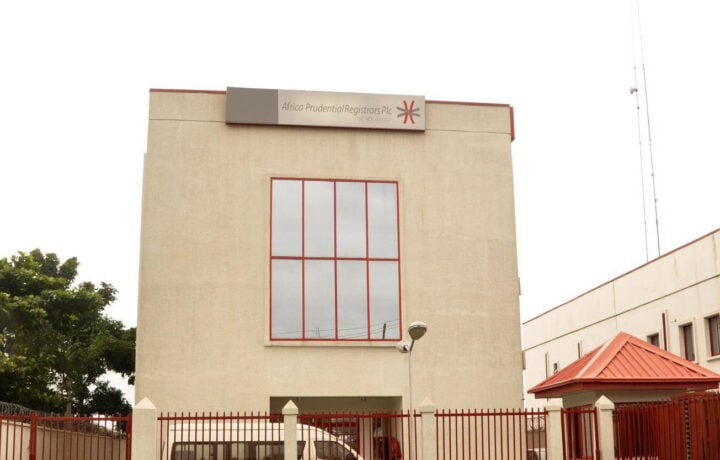Presco Plc is maintaining the high speed with which it raced through the earnings track in 2021 and finished the year multiplying profit three and half times to N19 billion, the strongest profit improvement in many years.
The oil palm and rubber producing company is staying on the upswing for the second year with sales revenue jumping nearly two and half times to N19.6 billion in the first quarter of the 2022 financial year.
The company’s interim financial report for the first quarter ended March 2022 shows that profit is also maintaining a strong growth at 53 per cent to N5.9 billion in the first quarter. However, a four-angle rising cost is claiming a good part of the gains in revenue and this is impacting adversely on margins.
The remarkably favourable cost-income balance of the preceding year isn’t being maintained this year so far. Last year, the company had grown sales revenue by 96 per cent to over N47 billion and lifted profit by 267 per cent to N19.3 billion for the full year.
Advertisement
This year, the cost-income structure has been altered by major rising costs, which has changed the earnings pattern from growing profit far ahead of revenue to profit lagging behind revenue increase.
Four major rising costs are responsible for the change in the cost-income balance that impinged on margins. Input cost led the cost increases in the first quarter, which multiplied nearly four times to about N5.8 billion over the period.
Cost of sales claimed a significantly increased share of sales revenue over the review period from 19 per cent in the same period last year to 29.4 per cent in the first quarter of 2022. It has been on the increase since last year when it grew by 105 per cent to N16 billion for the full year. It is accelerating further this year from the top speed growth of the preceding year.
Advertisement
With the strong growth in sales revenue, the company was able to tide over the rapid growth in the cost of sales and raised gross profit by 116 per cent to N13.8 billion in the first quarter. This is up from an increase of 94 per cent in gross profit to over N31 billion in the 2021 full year.
Gross profit margin however went down from 81 per cent to 70.6 per cent over the review period. That remains quite a comfortable margin in the highly inflationary environment of the economy.
Despite the increases in operating expenses, operating profit still rose by 92 per cent to close at N10 billion in the first quarter, a slowdown however from a 131 per cent increase to over N24 billion in the prior financial year.
Three other major cost areas of the company that provided cost savings last year reversed their direction in the first quarter. This includes administrative expenses, which grew ahead of sales revenue at 151 per cent year-on-year to N3.6 billion compared to 147 per cent increase in turnover.
Advertisement
This is a reversed movement from last year when administrative expenses slowed down remarkably relative to turnover at an increase of 26 per cent to N8.6 billion compared to the 96 per cent growth in sales revenue in the year.
The third leg of the company’s four-angle rising cost in the first quarter is finance expenses, which jumped five times from N295 million to almost N1.5 billion over the review period. This is also a major change of direction from last year’s position when the cost of finance moderated at an increase of 34.5 per cent to N2.5 billion against the 96 per cent increase in sales revenue.
The company had interest-bearing debts of about N52 billion in the balance sheet as at the end of the first quarter, which is a reduction from the closing figure of over N56 billion in 2021.
Tax expense is the fourth rising cost variable that compressed profit margin in the first quarter. It grew by 145 per cent to N2.7 billion and claimed an increased share of pre-tax profit of N8.6 billion at 31 per cent compared to 22 per cent over the review period.
Advertisement
The company lost its profit margin from 48.4 per cent in the same period last year to 30 per cent in the first quarter of the current financial year. Loss of profit margin reflects the impact of cost increases that exceeded the growth in sales revenue during the period.
Advertisement
Add a comment

